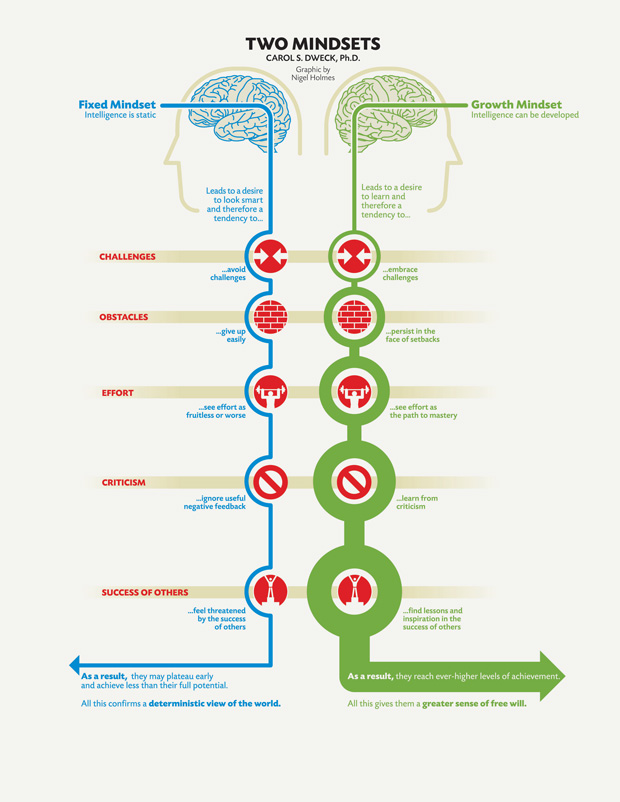Learning Theories in Stop Motion DCL Week 5 (Tutor - Chris)
What is stop motion animation? Taking a series of still photos of an event, and turn it into an animated sequence. Some of us have used stop motion in the classroom to provide modelling, science (chemistry reactions) and for story telling, for example.
Stop motion animation activities with our students can provide a really good challenge, with opportunities for hands-on kinesthetics and problem solving. The activities also link well to the Key Competencies of the NZC. Because each group of kids is approaching the activity differently, there are always unique challenges that occur.
Stop motion animation activities with our students can provide a really good challenge, with opportunities for hands-on kinesthetics and problem solving. The activities also link well to the Key Competencies of the NZC. Because each group of kids is approaching the activity differently, there are always unique challenges that occur.
Learning theories are developed around "things that we can test [/apply regardless of personal traits]" (quantitative - can be transferred from one person to another vs. qualitative - an example of the latter would be leadership styles).
Today's activity is to create a stop motion animation around a particular leadership theory - as an 'elevator pitch' - using visual metaphors or concepts to explain (not writing!).
After picking a theory out of a hat, plan how you'll explain the theory, film, edit and then save/upload it...
Our group of five teachers got Cognitive Load Theory. With an air of enthusiastic collaboration, as we found out about the theory itself and began to formulate a suitable visual metaphor, we chose our background setting and worked out how to present our understanding of the concepts using everything from available props to playdough, a plastic cup, some carnations surreptitiously 'found', and some tinfoil...
Researched, conceived, planned, resourced, created using Monkey Jam and published online in under an hour, our video begins with our character's head going from being able to fill his cup with ideas (his eyes growing wider as his pupils dilated in response) until one idea too many "overloaded" his fragile mind, squishing him flat in the process! Then, we juxtaposed this with technical information being given like water to a flowering plant - growing from seed, and then flourishing, even sprouting new, complex ideas. With permission of the group participants (Desire', Heather, Fiona, Michelle and Marla), here's the stop motion video that we made:
Some of the other Leadership Theories that other groups have looked at included: Andragogy, Cognitivism, Communities of Learning, Constructionism, Learning Ecology, Modal Model of Memory, Operant Conditioning and Social Learning Theory.
Developing a Growth Mindset (Leading change) LDC Week 5
We had a professional discussion around the provocation: " Intelligence is innate and cannot be developed beyond what you are born with." Suffice it to say, our understanding around concepts such as differentiated learning and neuroplasticity made us universally balk at this prompt! What about innate vs. learned knowledge? Someone mentioned The Flynn Effect - which found that the results of intelligence tests in different countries show that over the past century average IQ has been increasing at a rate of about 3 points per decade.
Provocation: Consider - "Intelligence has become defined as the kind of mind that responds most readily to the peculiar demand of school." (Claxton, 2008). What do we know about Carol Dweck's Growth Mindset theory? Details a paradigm shift around how intelligence is viewed. There is of course a degree of overlap between the two mind sets outlined.
How might we build a 'Growth Mindset' in our learners?
- change our language: talk about learning rather than work;
- use our wall displays to document the learning journey as well as the final product;
- Praise and reward effort, process, perseverance (rather than intelligence or talent).
Next Steps: Changing Mindsets
- Create a list of comments you hear students say and write a growth mindset alternative.
- How else do we build resilience, curiosity, resourcefulness, and persistence in our students?

No comments:
Post a Comment